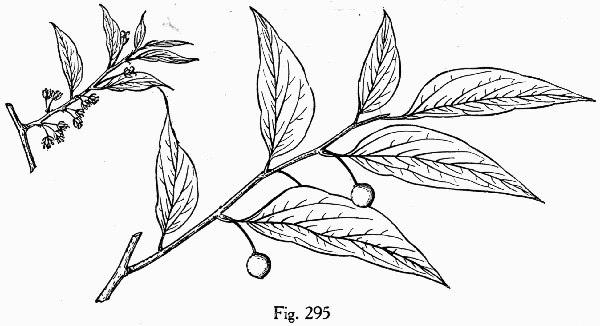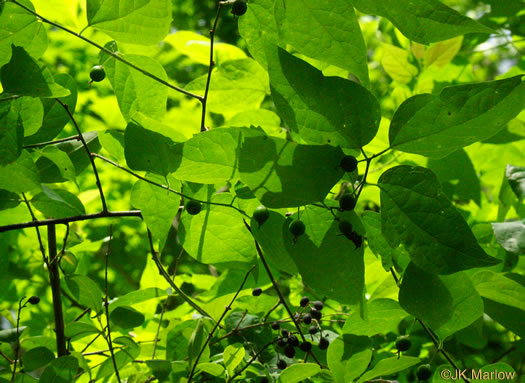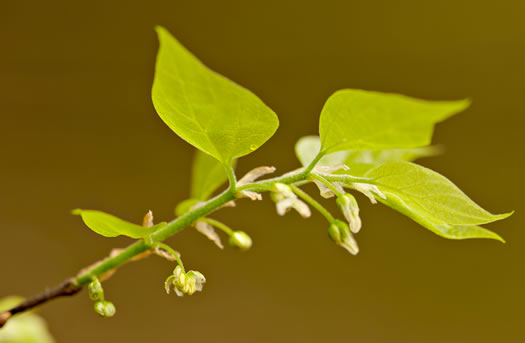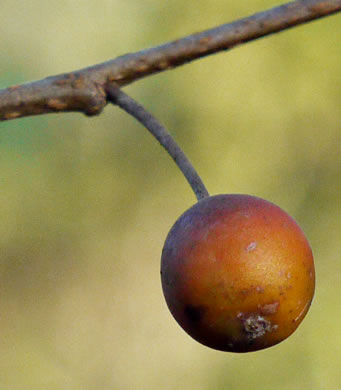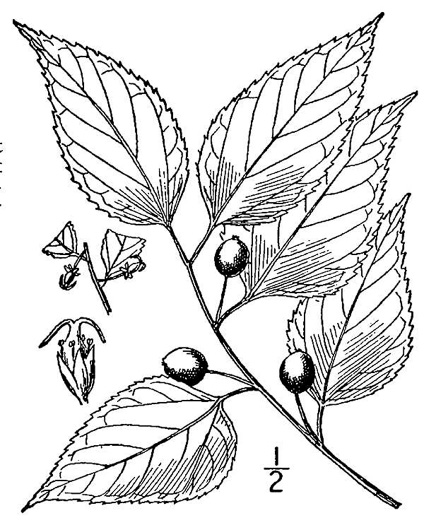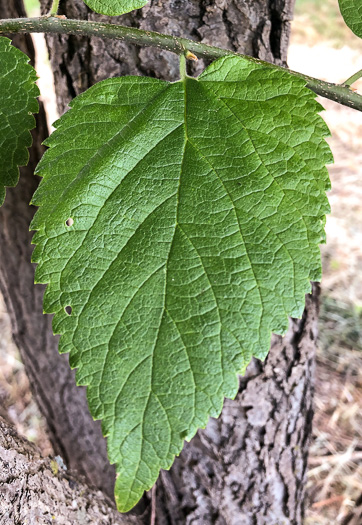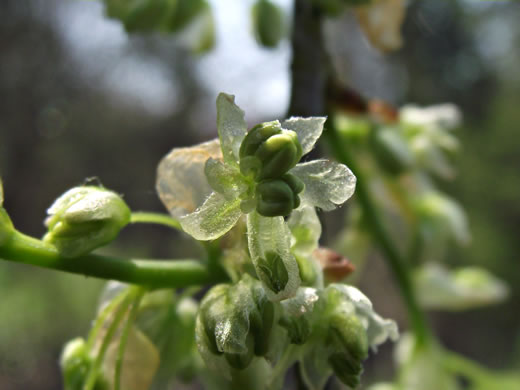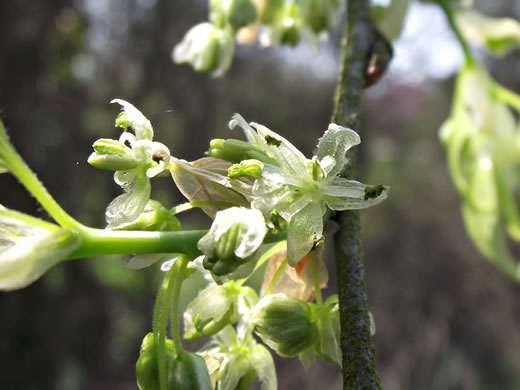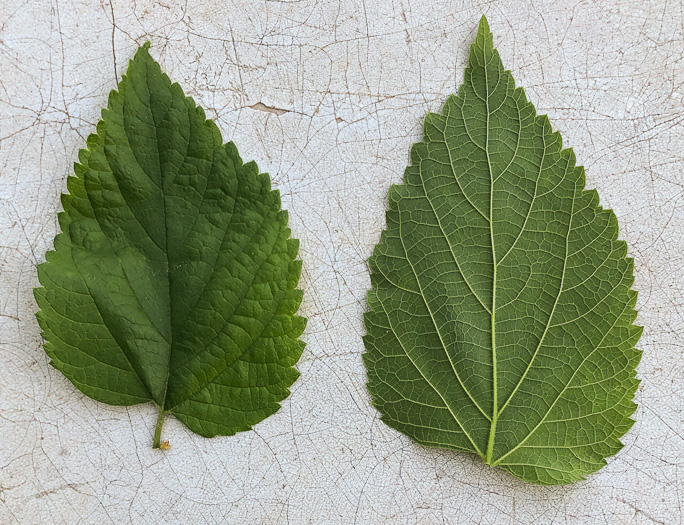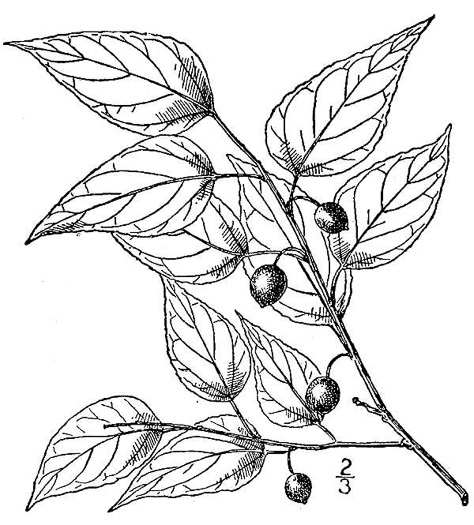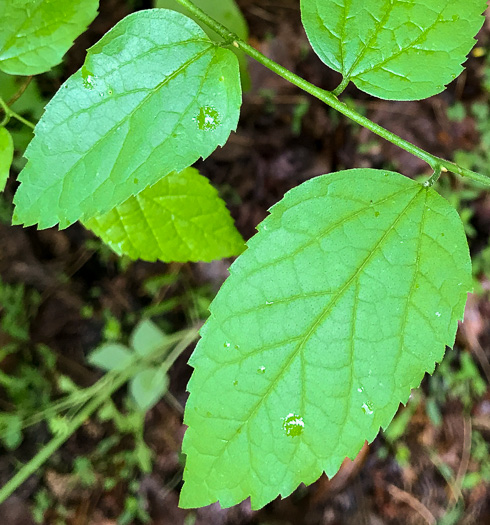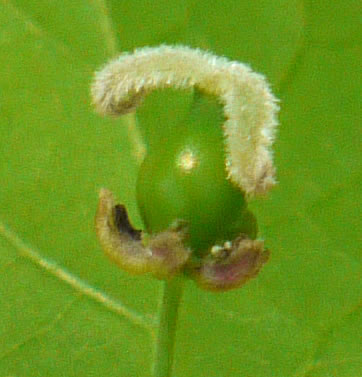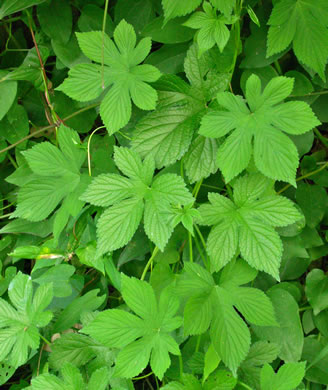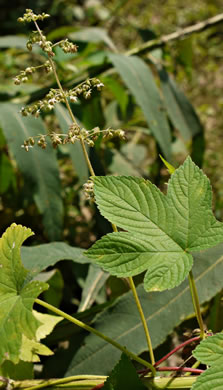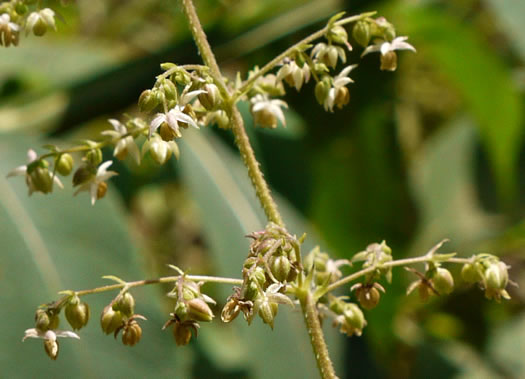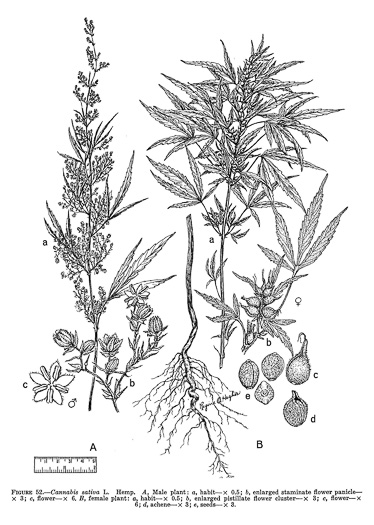Hovering over an image will enlarge it and point out features (works better on desktop than on mobile).
![]() A camera indicates there are pictures.
A camera indicates there are pictures.
![]() A speaker indicates that a botanical name is pronounced.
A speaker indicates that a botanical name is pronounced.
![]() A plus sign after a Latin name indicates that the species is further divided into varieties or subspecies.
A plus sign after a Latin name indicates that the species is further divided into varieties or subspecies.
Most habitat and range descriptions were obtained from Weakley's Flora.
Your search found 7 taxa in the family Cannabaceae, Hops family, as understood by Weakley's Flora.

![]()
![]() Common Name:
Sugarberry, Southern Hackberry, Smooth Hackberry, Lowland Hackberry
Common Name:
Sugarberry, Southern Hackberry, Smooth Hackberry, Lowland Hackberry
Weakley's Flora: (4/24/22) Celtis laevigata FAMILY: Cannabaceae
INCLUDED WITHIN PLANTS National Database: Celtis laevigata FAMILY: Ulmaceae
INCLUDED WITHIN Vascular Flora of the Carolinas (Radford, Ahles, & Bell, 1968): Celtis laevigata 056-03-001 FAMILY: Ulmaceae
Habitat: Bottomland forests, especially on natural levees, upland calcareous forests and woodlands, shell middens
Common (uncommon in Mountains)
Native to the Carolinas & Georgia

![]() Common Name:
Small's Hackberry
Common Name:
Small's Hackberry
Weakley's Flora: (4/24/22) Celtis smallii FAMILY: Cannabaceae
INCLUDED WITHIN PLANTS National Database: Celtis laevigata FAMILY: Ulmaceae
INCLUDED WITHIN Vascular Flora of the Carolinas (Radford, Ahles, & Bell, 1968): Celtis laevigata 056-03-001? FAMILY: Ulmaceae
Habitat: Glades, woodlands, forests
Common in Piedmont (rare elsewhere in GA-NC-SC)
Native to the Carolinas & Georgia

![]()
![]() Common Name:
Northern Hackberry
Common Name:
Northern Hackberry
Weakley's Flora: (4/24/22) Celtis occidentalis FAMILY: Cannabaceae
SYNONYMOUS WITH PLANTS National Database: Celtis occidentalis FAMILY: Ulmaceae
SYNONYMOUS WITH Vascular Flora of the Carolinas (Radford, Ahles, & Bell, 1968): Celtis occidentalis var. occidentalis 056-03-002a FAMILY: Ulmaceae
Habitat: Xeric to mesic glades, outcrops, barrens, woodlands, and bottomland forests, usually over calcareous substrates
Mostly rare in GA-NC-SC (uncommon in GA Mountains & SC Piedmont)
Native to the Carolinas & Georgia

![]()
![]() Common Name:
Georgia Hackberry, Dwarf Hackberry
Common Name:
Georgia Hackberry, Dwarf Hackberry
Weakley's Flora: (4/24/22) Celtis pumila FAMILY: Cannabaceae
SYNONYMOUS WITH PLANTS National Database: Celtis pumila FAMILY: Ulmaceae
SYNONYMOUS WITH Vascular Flora of the Carolinas (Radford, Ahles, & Bell, 1968): Celtis occidentalis var. georgiana 056-03-002b FAMILY: Ulmaceae
Habitat: Xeric to mesic glades, outcrops, barrens, woodlands, exposed bluffs, stream banks, and disturbed areas, often over calcareous substrate
Common, uncommon, or rare - depending on region
Native to the Carolinas & Georgia

Common Name: Chinese Hackberry
Weakley's Flora: (4/14/23) Celtis sinensis FAMILY: Cannabaceae
SYNONYMOUS WITH PLANTS National Database: Celtis sinensis FAMILY: Ulmaceae
Habitat: Suburban woodlands
Waif(s)
Non-native: China, Japan & Korea

![]() Common Name:
Japanese Hops
Common Name:
Japanese Hops
Weakley's Flora: (4/14/23) Humulus scandens FAMILY: Cannabaceae
SYNONYMOUS WITH PLANTS National Database: Humulus japonicus FAMILY: Cannabaceae
SYNONYMOUS WITH Vascular Flora of the Carolinas (Radford, Ahles, & Bell, 1968): Humulus japonicus 058-01-002 FAMILY: Cannabaceae
Habitat: Disturbed areas, particularly in rich, alluvial soils, where it has become a serious weed along some rivers in our region
Common in NC Piedmont (rare elsewhere in GA-NC-SC)
Non-native: Japan, Taiwan, & China

Common Name: Marijuana, Hemp
Weakley's Flora: (4/14/23) Cannabis sativa FAMILY: Cannabaceae
INCLUDING PLANTS National Database: Cannabis sativa ssp. sativa var. sativa FAMILY: Cannabaceae
Habitat: Disturbed areas and clandestinely cultivated plots
Waif(s)
Non-native: Asia
Your search found 7 taxa. You are on page PAGE 1 out of 1 pages.

